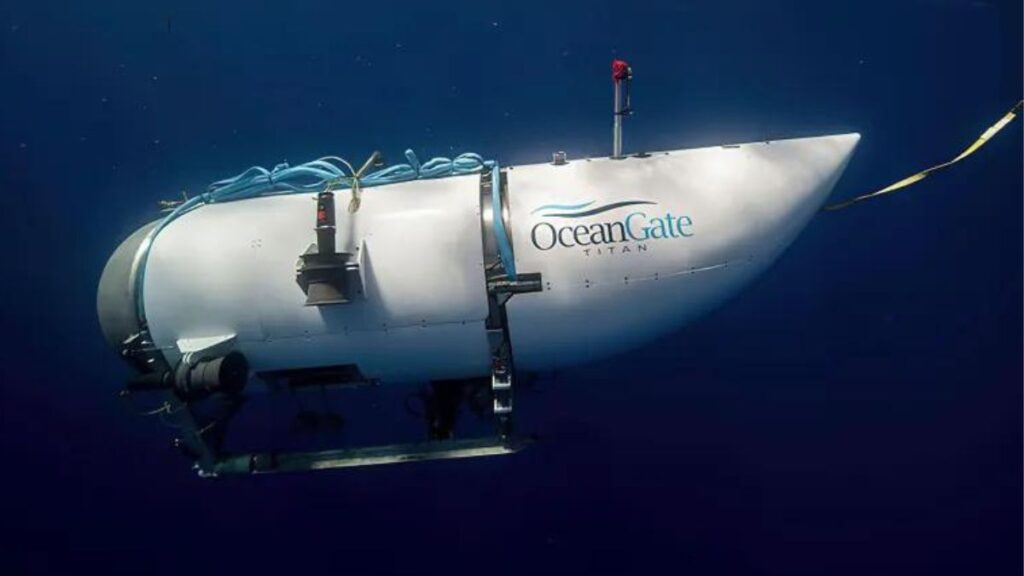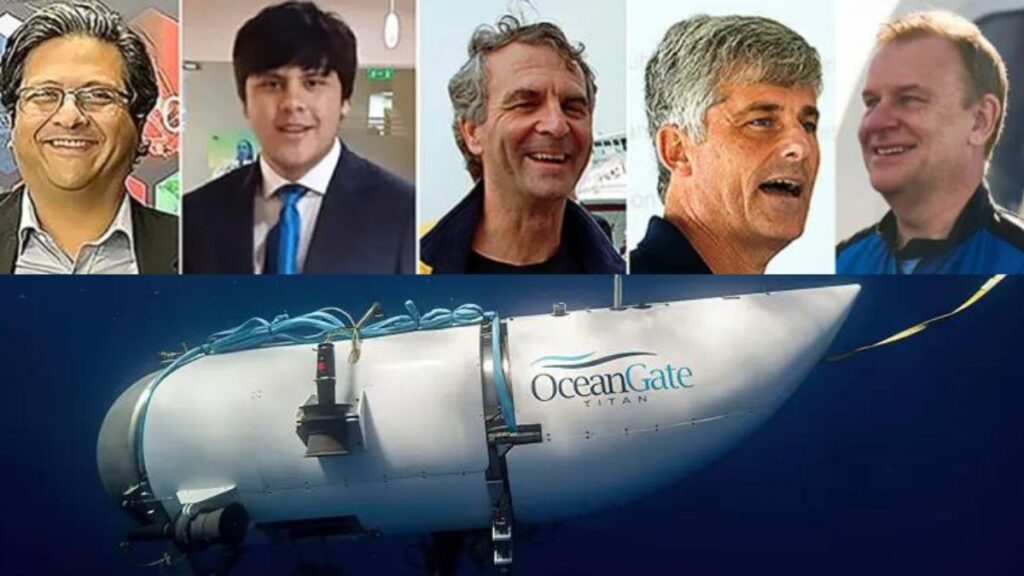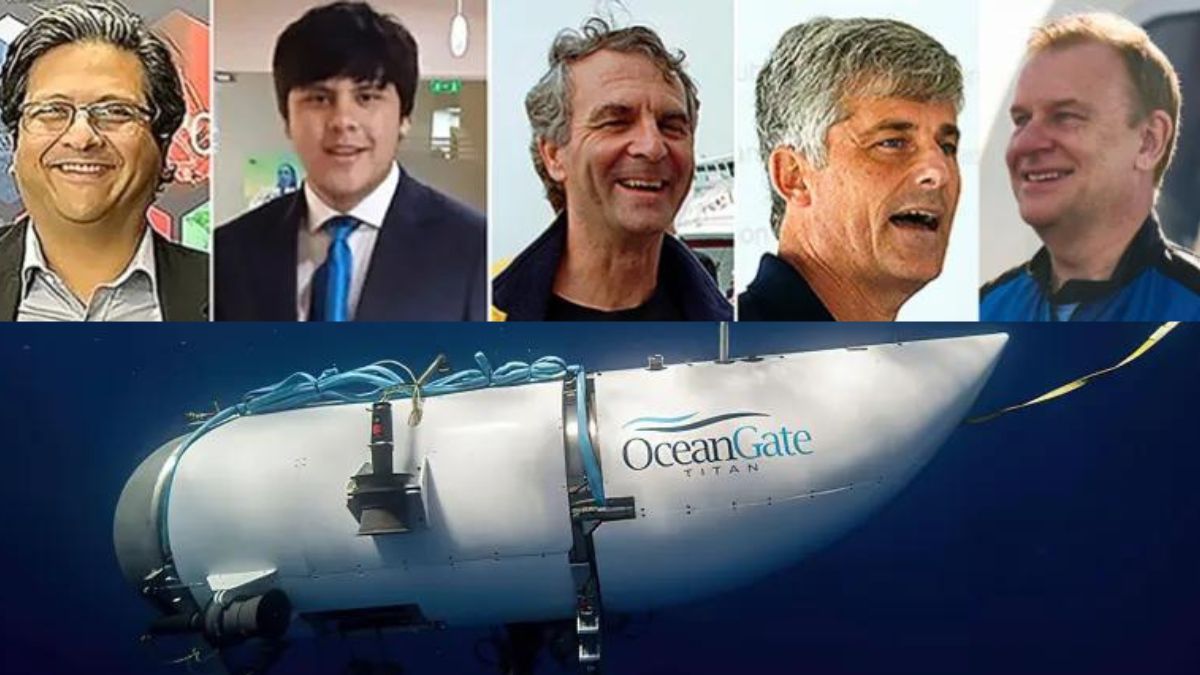Recent events, like the sad death of five passengers in the Titan submarine, have refocused attention on the idea of a catastrophic implosion. This article defines a catastrophic implosion, discusses its relationship to the Titanic submersible, and details the fatal consequences of extremely high water pressure. Come with us as we investigate this tragic incident and explain what led up to it.
Understanding Catastrophic Implosions
Implosion: The Opposite of an Explosion
When people talk about destructive tactics, explosions are often the first thing that comes to mind. On the other hand, implosion is the polar opposite of an explosion. A collapse due to external pressure can occur in a matter of milliseconds. Catastrophic implosions, like the one hypothesized to have sunk the Titan submarine, occur with incredible intensity and rapidity due to the enormous water pressure present at great depths in the ocean.
Water Pressure and the Titanic Wreck
The Titanic’s wreckage can be found on the North Atlantic seafloor at a depth of around 4,000 meters (13,000 feet). At 14.7 psi (or 100 kilopascals), the atmospheric pressure at sea level is measured. But the pressure increases dramatically as we go deeper into the water. Extremely high water pressure of about 41,000 kilopascals may be found close to the Titanic wreck.
The Tragedy of the Titan Submersible
The Disappearance and Search Efforts
The US Coast Guard reports that when the Titan submarine dove on a Sunday morning, communication with the support vessel was lost about an hour and a half later. The ship went missing at 435 nautical miles (or 700 kilometers) south of St. John’s, Newfoundland. This prompted a global search that took place over the course of five days.

The Fatal Implosion
When and when the implosion occurred that sank the Titan submarine is unknown. A senior US military official, however, has indicated that on Sunday, a “anomaly” was picked up by an acoustic sensor of the US navy, most likely signaling the deadly implosion of the Titan.

Unraveling the Cause
It’s hard to tell what caused the implosion exactly. Professor of engineering at London’s Imperial College, Roderick Smith, speculates that a pressure hull breakdown may be to blame. However, more work has to be done to retrieve debris and perform a full study. The implosion’s violence might make it harder to piece together what happened before the disaster.
Remembering the Victims
The Lives Lost
There were five unfortunate deaths on board the Titan submarine. OceanGate CEO Stockton Rush, British explorer Hamish Harding, father and son from a renowned Pakistani business family, the Dawoods, and French undersea explorer and Titanic specialist Paul-Henri Nargeolet were all on board. Both the White House and Pakistan have expressed their sympathies to the victims’ families, recognizing the tremendous loss that has been caused by this tragedy.
A Tribute to the Adventurers
The Harding family gushed over the rich adventurer, praising his commitment to his family and his pursuit of new frontiers. They remembered his greatness and found comfort in the fact that he died doing what he was passionate about. Nargeolet’s stepson, John Paschall, admired him as a role model who encouraged his curiosity about the world and enthusiasm for science. The victims’ adventurous spirits and dedication to protecting the world’s seas were honored by OceanGate, which also paid respect to the deceased.
Continuing the Search Mission
The Titan submarine disaster has sparked a never-ending quest for explanations. The United States Coast Guard will continue its investigation of the site of the Titanic’s crash. Rear Admiral John Mauger of the First Coast Guard District has stated that there is no definite timeline for the completion of the worldwide search. Five pieces of debris have been found so far; these include the pressure chamber, the Titan’s nose cone, the front bell, and the aft bell.
Conclusion
Titan submersible’s tragic collapse is a melancholy reminder of the tremendous force exerted by water pressure at extreme depths. As the search operation continues, we honor the explorers who risked their lives to learn about and protect the marine environments we all enjoy. Keep their courage and the lessons we’ve gained from this tragedy in mind.
FAQs (Frequently Asked Questions)
Is a catastrophic implosion similar to an explosion?
No, the opposite of an explosion is an implosion. When a thing gives way to pressure from without, this is what happens.
How deep is the Titanic wreck?
The remains of the Titanic have been located at a depth of around 13,000 feet (4,100 meters) in the North Atlantic.
What caused the implosion of the Titan submersible?
It has not yet been identified what caused the implosion. To get a full picture, more research and debris removal are needed.
Who were the victims aboard the Titan submersible?
Stockton Rush, Hamish Harding, Shahzad and Suleman Dawood, and Paul-Henri Nargeolet were among the deceased.
Will the search mission recover any remains?
There is no guarantee that any remains will be located or recovered. The United States Coast Guard is still conducting searches in the area where the Titanic went down.











